Garage Design 101
When planning to build a new home, most prospective homeowners spend hours agonizing over kitchen tiles or the exact layout of the master bathroom. The garage, on the other hand, receives far less attention. After all, how do you “optimize” a rectangular box used to store cars and lawnmowers?
But designed well, a garage can deliver tremendous long-term value. Below is a roundup of garage-related tips to consider when choosing the right plan or deciding on custom modifications for your next house.
Garage Designs – Start with the End in Mind
Before committing to any single garage design, you must decide how you’ll ultimately use the space. In most homes, the garage is nothing more than a parking spot and storage area. But many homeowners end up converting their garages into offices or extra bedrooms.
If you plan on converting your garage at sometime in the future, consider what plumbing, circuitry and insulation requirements you’ll face. It’s easier to install gas lines and secondary bathrooms during the construction phase than it is to add them as retrofits.
Even if you only plan on using your garage for cars, remember that young kids today will become teenagers tomorrow. With advance planning, you can design a large enough garage space to accommodate future vehicles.
If you’re unsure how you’ll use your garage, select a design that is easily adaptable, e.g. a multipurpose space that can fulfill many different functions.
Visualizing Your Garage Designs
Most homes come with default garage options, but don’t limit yourself to tradition. There may be several different garage orientations that suit your property. And before breaking ground, you want to know which arrangement works best for your home.
Some of the most important criteria include:
- Attached or detached. Attached garages mesh seamlessly with your home, and they also provide cover when traveling from your car to your door. The main advantage of detached garages is that they carry fewer heating and cooling costs. They also face fewer spatial constraints since detached garages can exist anywhere on your property.
- Left or right (front or back). Although most homes have garages on the left or right side, you may be better off extending your driveway and fitting a garage in the back of the house.
- Adjacent or angled. Your garage doesn’t have to be perfectly flush with your home. Depending on your driveway and landscaping, you may be better off with an angled garage.
- Vinyl, brick or stone. There are countless materials from which to choose. Some homeowners select siding and shingles that complement their homes — others choose materials based solely on utility and durability.
- Motors and springs. The garage door is more than just a façade. Take the time to educate yourself about the different types of motors and springs that exist.
If you’re a very visual person, you can probably imagine all the different design arrangements in your head. You already know the ideal layout, orientation and materials that will make your garage a winner. But it’s important that you document these ideas on paper before moving forward.
Although blueprints can provide a bird’s eye view of what the garage will look like, consider requesting photos of previous jobs from your contractor. This is especially useful when reviewing properties similar to your own.
Even better, select a contractor who uses computer-aided design (CAD) software that allows you to easily test different 3D configurations. With a few clicks of the mouse, you can see what your garage will look like on the left side or the right side — attached or detached. CAD software completely removes the guesswork from the equation, allowing you to visualize exactly how your garage will look once everything is finished.
Bonus Tip 1 – Speak with your homeowner’s association before moving forward with any of your designs. Some communities place special restrictions on what you can and can’t do.
Avoiding Unwanted Surprises
Whether designing a new garage from scratch or retrofitting an existing one, you want to avoid any unwanted surprises. And thus, before committing to any single contractor, make sure that all parties are on the same page regarding:
- Required materials (i.e. takeoff list)
- Relevant codes and inspections
- Turnaround time (from start to finish)
- Pricing (both itemized and total)
Bonus Tip 2 – Select experienced contractors who have done many garage-related projects in the past. Their estimates will be more accurate, and their pricing will be more transparent.
The Best Garage Design Tip of All
As you begin researching different garage design concepts, don’t hesitate to bring in friends and family members — especially those who have been involved with major garage projects in the past.
They can share their own experiences and tell you what to expect. And perhaps more importantly, they can tell you what they’d do differently if they could start all over again.
Author Bio:
Justin White has vast knowledge on all garage door products, including garage doors, garage door openers, and garage door operators. Mr. White is currently the Marketing Director for Mid-Atlantic Door Group, the leading distributor for Overhead Door Corp.


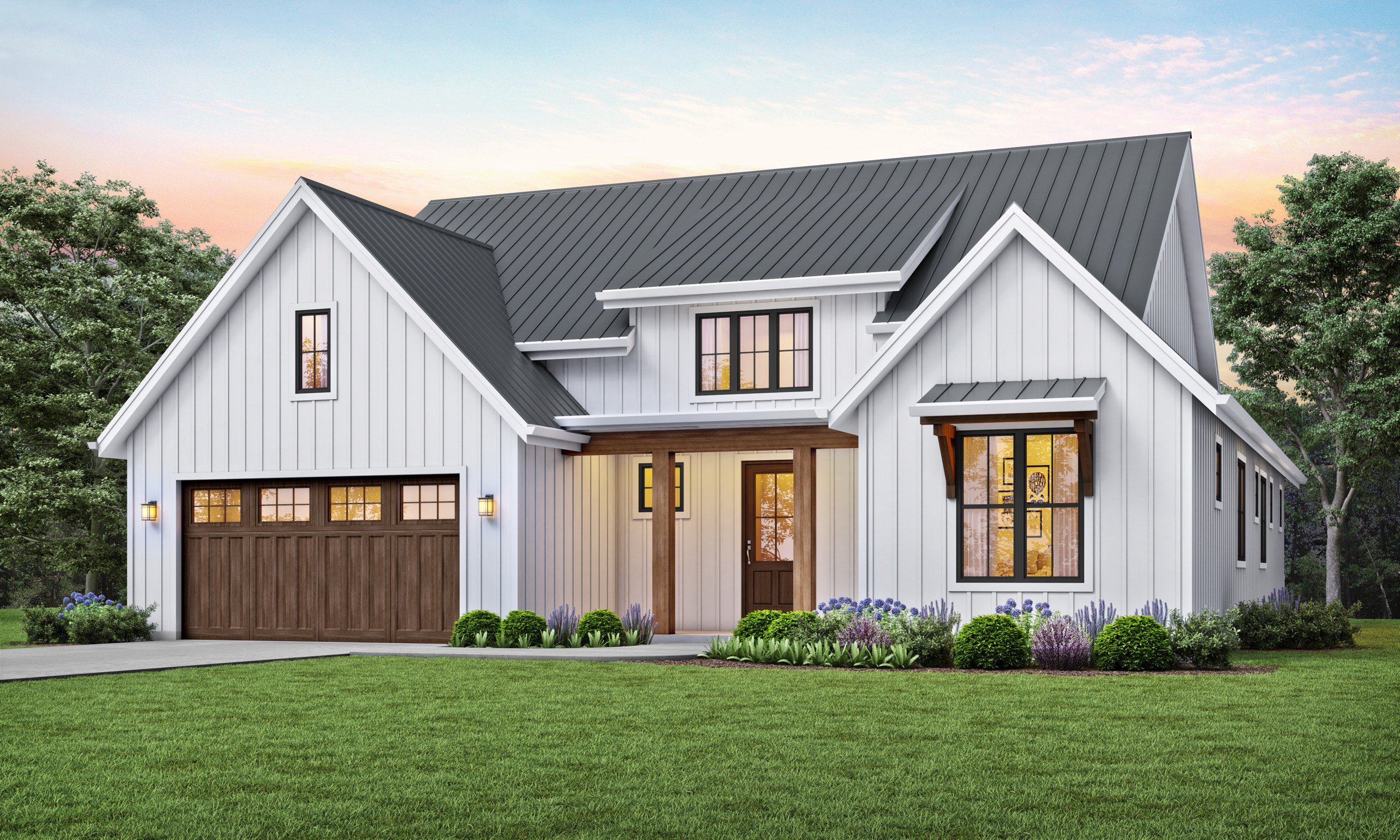
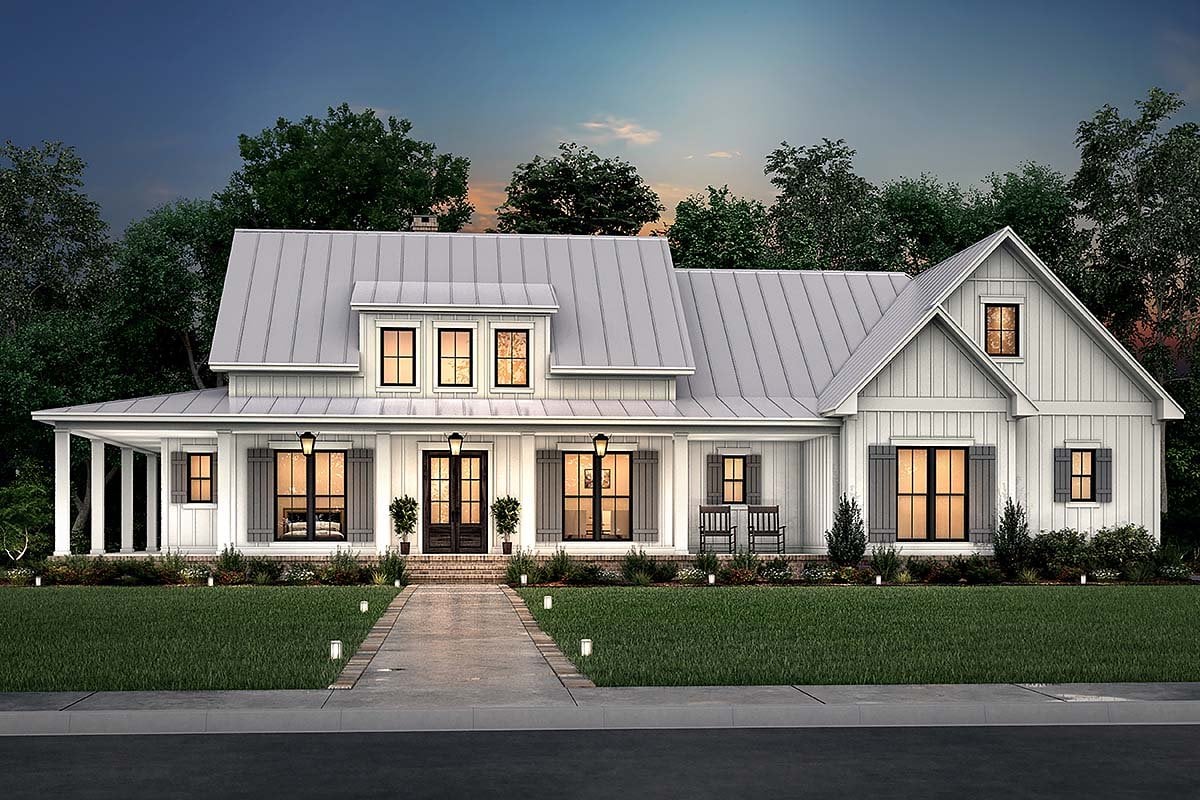
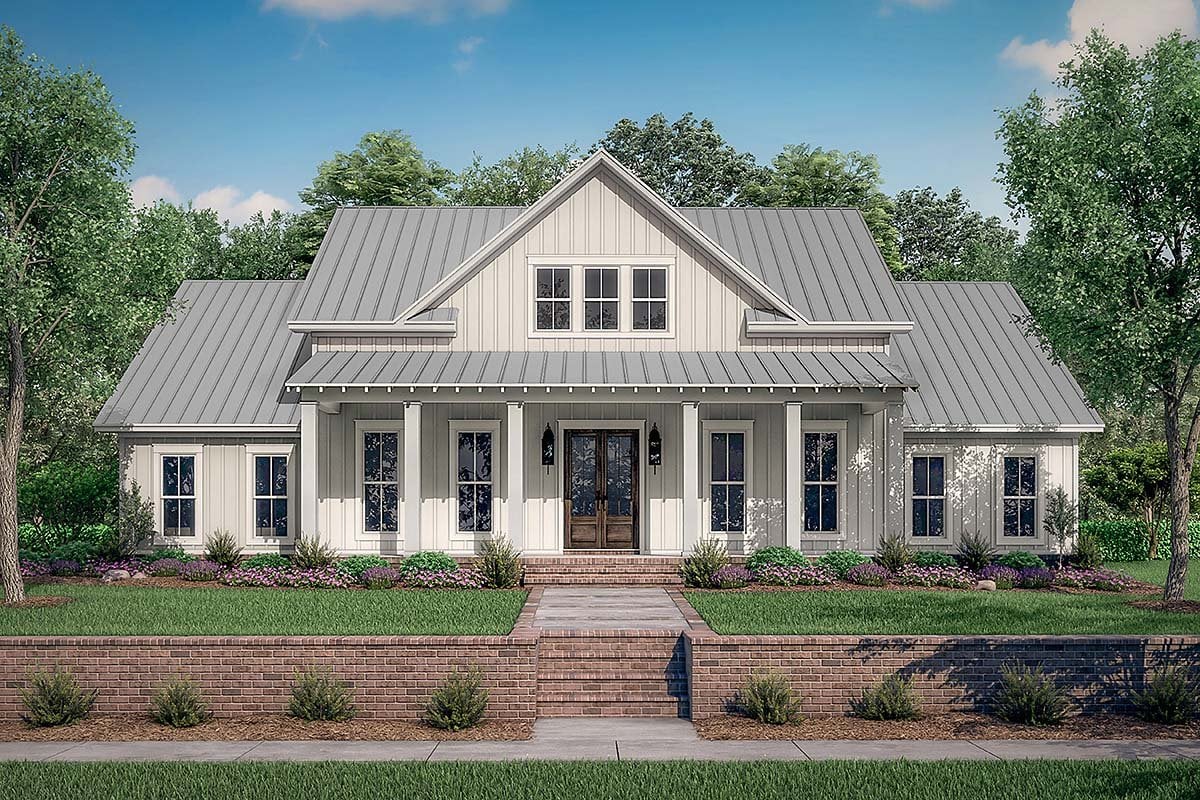
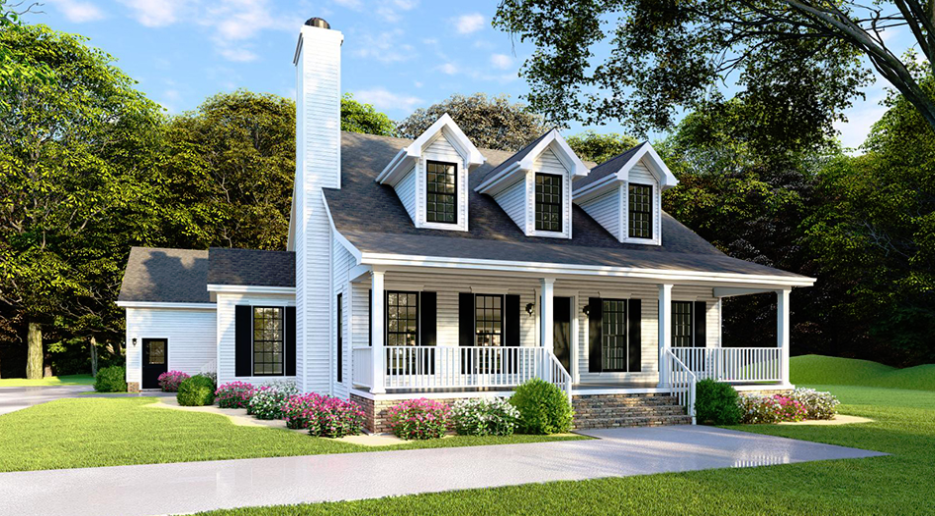
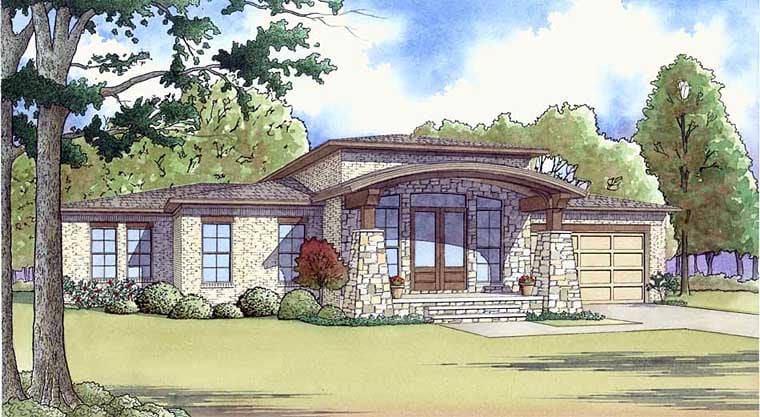
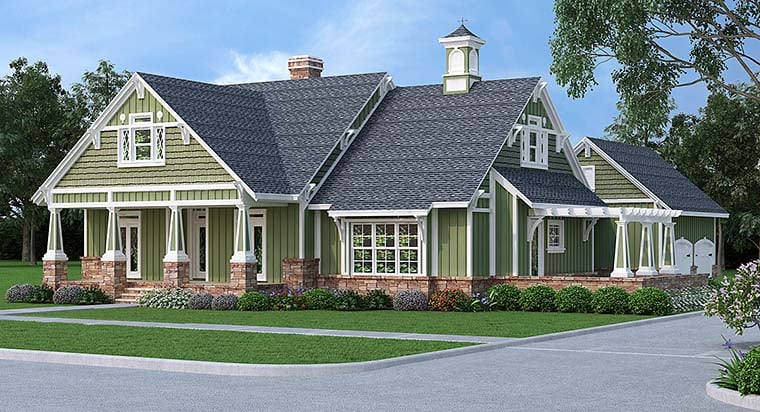
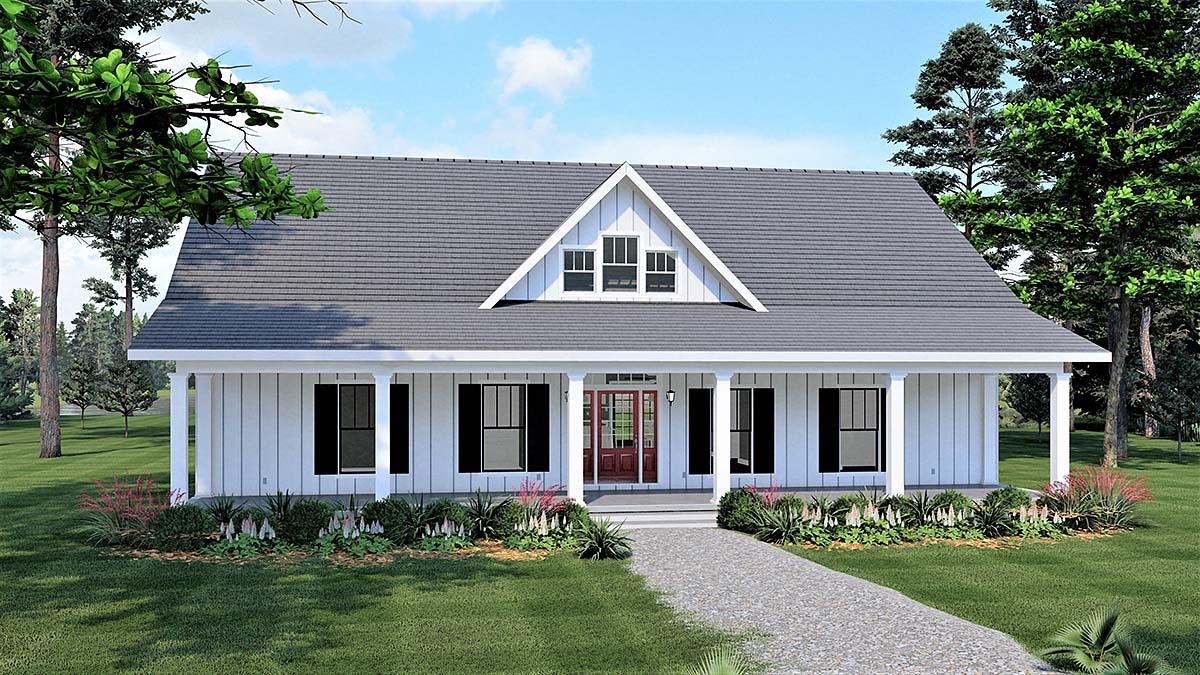
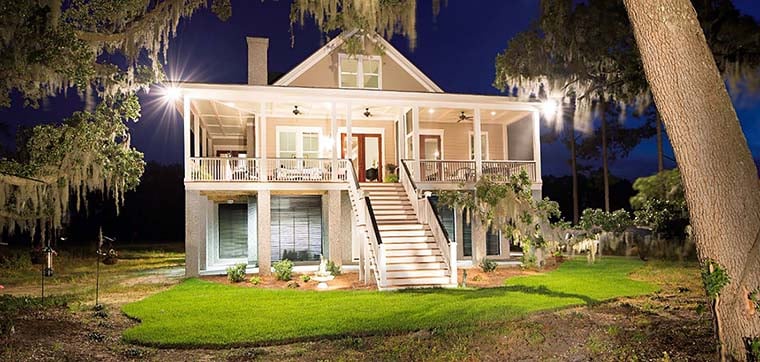
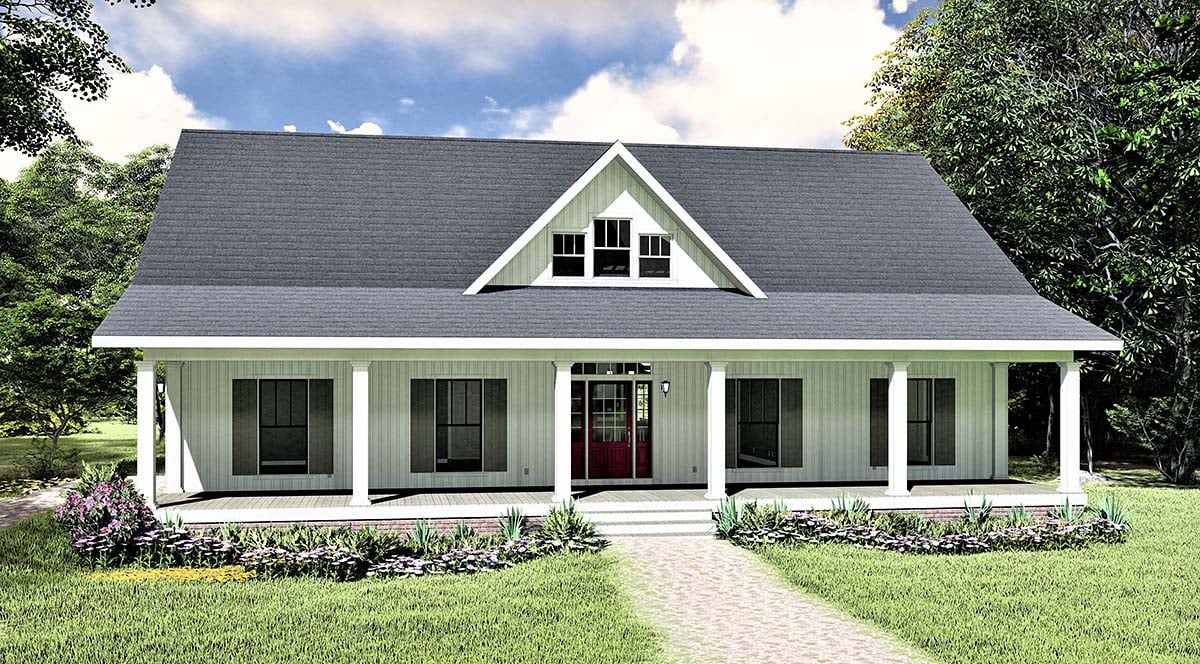


Comment (1)
I agree that it is very important to make a plan before installing your garage. This will help you get the most practical use out of your garage for yourself and your family.